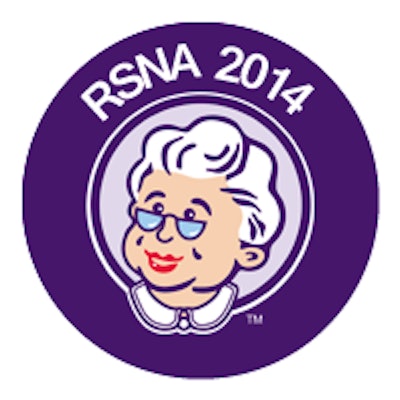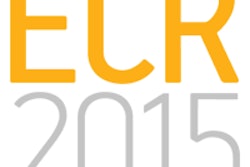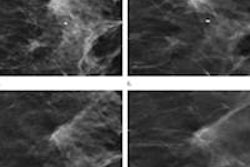
CHICAGO - In many cases, testifying to the benefits of digital breast tomosynthesis (DBT) is like preaching to the choir: There's no need to win over any skeptics in the room. But the fact is that tomosynthesis data come from a limited number of studies, all conducted with a single device -- Hologic's Selenia Dimensions -- and many performed at a single site.
That's why it's time for a comprehensive study that compares DBT with full-field digital mammography (FFDM), according to a presentation given at RSNA 2014 on Tuesday by Dr. Etta Pisano from the Medical University of South Carolina.
"Screening is under attack -- we all know this," she said. "And into the maelstrom comes this new technology that shows great promise. But there's limited clinical data on breast cancer screening with tomosynthesis."
Pisano and colleague Martin Yaffe, PhD, from the University of Toronto are starting a multivendor, randomized clinical trial to be conducted at more than 30 sites over five years, calling it Tomosynthesis: Comparison of Full-Field Digital Mammography With Digital Breast Tomosynthesis (TMIST). The trial is not Pisano's first rodeo: She was the principal investigator for the Digital Mammographic Imaging Screening Trial (DMIST), which compared digital mammography with film-based screening.
"TMIST's primary aim will be to compare the number of advanced cancers detected using tomosynthesis versus digital mammography, with advanced cancers defined as all tumors diagnosed at stage II or higher and all tumors that are over 6 mm in size and which have markers that suggest they are aggressive," Pisano told session attendees.
The study is being designed by a comprehensive team that includes representation from the American Cancer Society, the Breast Cancer Surveillance Consortium, the Cancer Intervention and Surveillance Modeling Network, the ECOG-ACRIN Cancer Research Group, the National Cancer Institute (NCI), and a lay advisory committee, Pisano said.
Its patient population will be asymptomatic women presenting for screening mammography who are at least 40 years old. Pisano and Yaffe hope to enroll 67,000 women who will be split between two study arms: digital mammography or tomosynthesis. All of the women will undergo one test or the other for three consecutive years.
"This study has not been designed just by [the American College of Radiology Imaging Network (ACRIN)]," she said. "We got together with mammography screening skeptics at the NCI, and from our conversations with them we've moved away from the DMIST design, where every patient got both a digital and an analog mammography exam, to a study that will help us investigate the effect tomosynthesis has on the screening population, and whether the cancers it detects are the kind that kill women."
Additional study aims will include comparing recall and biopsy rates prompted by abnormal findings on tomosynthesis or digital mammography, quality of life and patient preferences for screening regimens centered on each of the technologies, and the diagnostic accuracy and interval cancer rates of tomosynthesis versus digital mammography.
Will the study address the question of whether screening actually saves lives? During the question-and-answer part of Pisano's presentation, Dr. Daniel Kopans of Massachusetts General Hospital expressed doubt, noting that TMIST doesn't have a control group of unscreened women.
"We discussed that idea with the NCI and rejected it," Pisano said. "None of us felt comfortable having a control group."
The trial has begun in Vancouver, Toronto, and Charleston, SC, supported by funding from the Canadian Breast Cancer Foundation. One hundred women have been enrolled as of November 23; Pisano and Yaffe plan to enroll 6,300 women using this funding. In February, they will submit an application to the Patient Centered Outcomes Research Institute (PCORI). If funding comes from this source, they will enroll an additional 8,000 women at another 10 sites starting in the fall of 2015. As for how to support the rest of the study, Pisano, Yaffe, and colleagues are in discussions with NCI.
The study is crucial, according to Pisano.
"TMIST has evolved from a study that would compare tomosynthesis to digital to one where we'll be investigating the whole screening paradigm," she said. "If we don't do something like this, screening mammography will continue to be attacked. We need to prove the efficacy of modern breast cancer screening, and we hope to do that with TMIST."




















